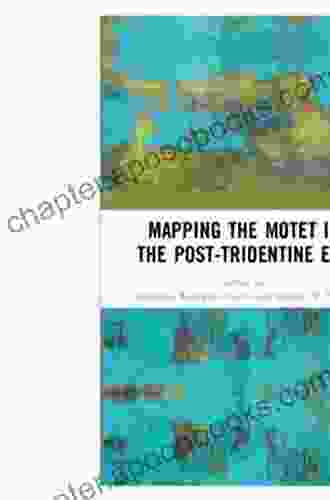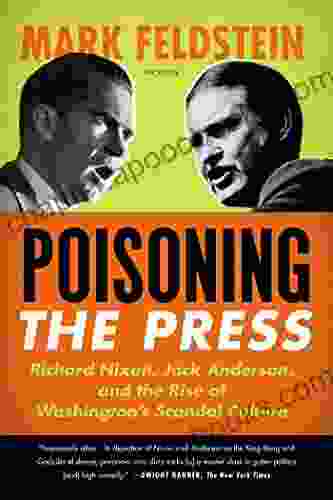Mapping the Motet in the Post-Tridentine Era: A Comprehensive Guide

5 out of 5
| Language | : | English |
| File size | : | 9634 KB |
| Text-to-Speech | : | Enabled |
| Screen Reader | : | Supported |
| Enhanced typesetting | : | Enabled |
| Print length | : | 304 pages |
The motet, a sacred polyphonic vocal composition, played a central role in the musical landscape of the post-Tridentine era (approximately 1563-1750). This guide delves into the fascinating evolution of the motet during this transformative period, exploring its changing forms, styles, and liturgical significance.
The Post-Tridentine Context
The Council of Trent (1545-1563) had a profound impact on the Catholic Church's liturgical practices, including the role of music. The council's decrees emphasized clarity, intelligibility, and devotional fervor in sacred music.
As a result, composers began to explore new compositional techniques and forms that would meet these demands. The motet, with its complex polyphony and often elaborate texts, underwent significant changes to adapt to the post-Tridentine liturgical climate.
Changing Soundscapes
Renaissance Polyphony: In the late Renaissance (15th and 16th centuries),motets were characterized by intricate vocal textures, with multiple independent melodic lines weaving together. Composers such as Giovanni Palestrina and Orlando di Lasso produced some of the most celebrated examples during this period.
Early Baroque Style: With the advent of the Baroque era (17th century),the motet began to undergo significant changes. Composers introduced instrumental accompaniment, using continuo ensembles (organ or harpsichord with bass instruments) to support the vocal lines. This added a new dimension to the motet's sound world, creating a more dynamic and expressive musical experience.
Late Baroque Elaboration: In the late Baroque period (18th century),motets reached new heights of grandeur and complexity. Composers such as Johann Sebastian Bach and George Frideric Handel wrote motets that featured elaborate ornamentation, fugues, and chromatic harmonies. These works showcased the technical prowess of both the composers and the performers.
Compositional Techniques
Parody Technique: The parody technique, where composers based new motets on existing works (often Gregorian chant),was prevalent in the post-Tridentine era. This approach allowed for seamless integration of familiar melodies into the new compositions, enhancing their devotional impact.
Concerted Style: The concerted style, with separate choirs or soloists performing distinct melodic lines, became increasingly popular during the Baroque period. This technique added variety and dramatic contrast to the motet's texture.
Textual Clarity: In line with the post-Tridentine emphasis on intelligibility, composers paid careful attention to text setting. Word painting, where musical gestures reflect the meaning of the text, became a common feature of motets during this period.
Liturgical Significance
Ordinary of the Mass: Motets played a prominent role in the Ordinary of the Mass, the core liturgical texts that include the Kyrie, Gloria, Credo, Sanctus, and Agnus Dei. These motets provided musical enhancements to the ordinary sections, adding solemnity and grandeur to the liturgical proceedings.
Propers of the Mass: Motets were also composed for the Propers of the Mass, the liturgical texts that vary according to the day or season. These motets often set texts related to the specific feast or commemoration being observed, enhancing the devotional experience.
Non-Liturgical Motets: In addition to liturgical use, motets were also composed for non-liturgical settings, such as devotional exercises, private devotions, and academic institutions. These motets explored a wide range of texts, including biblical passages, prayers, and poems.
The motet in the post-Tridentine era underwent a remarkable transformation, adapting to the changing musical and liturgical landscape. From the intricate polyphony of the Renaissance to the elaborate grandeur of the Baroque, composers explored new soundscapes and compositional techniques to create sacred music that was both devotional and expressive.
This comprehensive guide provides a glimpse into the fascinating world of the motet during this transformative period. Its lasting legacy continues to inspire composers and performers to this day, showcasing the enduring power of sacred music to uplift and inspire.
5 out of 5
| Language | : | English |
| File size | : | 9634 KB |
| Text-to-Speech | : | Enabled |
| Screen Reader | : | Supported |
| Enhanced typesetting | : | Enabled |
| Print length | : | 304 pages |
Do you want to contribute by writing guest posts on this blog?
Please contact us and send us a resume of previous articles that you have written.
 Book
Book Novel
Novel Page
Page Chapter
Chapter Text
Text Story
Story Genre
Genre Reader
Reader Library
Library Paperback
Paperback E-book
E-book Magazine
Magazine Newspaper
Newspaper Paragraph
Paragraph Sentence
Sentence Bookmark
Bookmark Shelf
Shelf Glossary
Glossary Bibliography
Bibliography Foreword
Foreword Preface
Preface Synopsis
Synopsis Annotation
Annotation Footnote
Footnote Manuscript
Manuscript Scroll
Scroll Codex
Codex Tome
Tome Bestseller
Bestseller Classics
Classics Library card
Library card Narrative
Narrative Biography
Biography Autobiography
Autobiography Memoir
Memoir Reference
Reference Encyclopedia
Encyclopedia Lisa Renee Jones
Lisa Renee Jones Kim Richardson
Kim Richardson Lucy Baker
Lucy Baker M R Webb Jd
M R Webb Jd Lily J Adams
Lily J Adams Mari Carr
Mari Carr Uma Kothari
Uma Kothari Lei Guo
Lei Guo Madeleine Reeves
Madeleine Reeves Luc Tartar
Luc Tartar Marilyn Krieger
Marilyn Krieger Suzanne Swedo
Suzanne Swedo Franz Kafka
Franz Kafka Susanne Alleyn
Susanne Alleyn Lily Lexington
Lily Lexington Michelle Cole
Michelle Cole Louise Boyd Cadwell
Louise Boyd Cadwell Lee Storm
Lee Storm Mangey Ram
Mangey Ram Lee Jackson
Lee Jackson
Light bulbAdvertise smarter! Our strategic ad space ensures maximum exposure. Reserve your spot today!

 Forrest BlairUnveiling the Secrets of the Ruthless Rebels MC: A Journey into the Heart of...
Forrest BlairUnveiling the Secrets of the Ruthless Rebels MC: A Journey into the Heart of...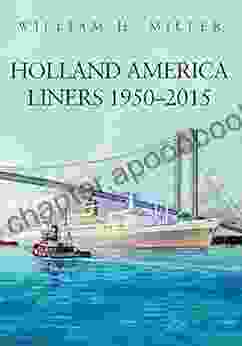
 Travis FosterSail the Seas with Holland America Liners: A Historical Voyage from 1950 to...
Travis FosterSail the Seas with Holland America Liners: A Historical Voyage from 1950 to...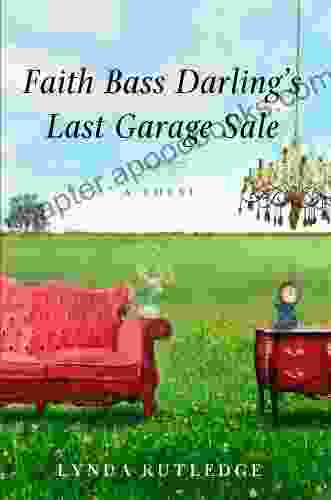
 Gabriel MistralFaith Bass Darling's Last Garage Sale: A Literary Masterpiece That Transcends...
Gabriel MistralFaith Bass Darling's Last Garage Sale: A Literary Masterpiece That Transcends... Jaden CoxFollow ·18.2k
Jaden CoxFollow ·18.2k Alec HayesFollow ·7.2k
Alec HayesFollow ·7.2k Boris PasternakFollow ·19.7k
Boris PasternakFollow ·19.7k Foster HayesFollow ·17.6k
Foster HayesFollow ·17.6k Dion ReedFollow ·3.8k
Dion ReedFollow ·3.8k Paulo CoelhoFollow ·8.7k
Paulo CoelhoFollow ·8.7k Eric NelsonFollow ·8k
Eric NelsonFollow ·8k Dillon HayesFollow ·17.6k
Dillon HayesFollow ·17.6k
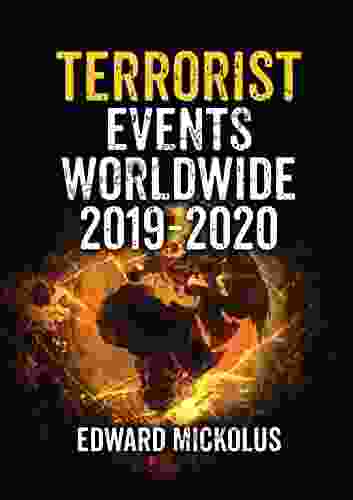
 W.H. Auden
W.H. AudenTerrorist Events Worldwide 2024: A Comprehensive Guide to...
Terrorism is a global threat that affects...

 Carson Blair
Carson BlairBeautifully Uplifting And Enchanting Novel Set In The...
Set in the beautiful West Country, this...

 Jeffrey Cox
Jeffrey CoxAn Utterly Captivating and Uplifting Story of One Woman's...
Immerse yourself in an extraordinary...
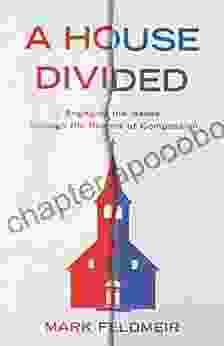
 Greg Foster
Greg FosterEngaging the Issues Through the Politics of Compassion
: The Power of...
5 out of 5
| Language | : | English |
| File size | : | 9634 KB |
| Text-to-Speech | : | Enabled |
| Screen Reader | : | Supported |
| Enhanced typesetting | : | Enabled |
| Print length | : | 304 pages |


